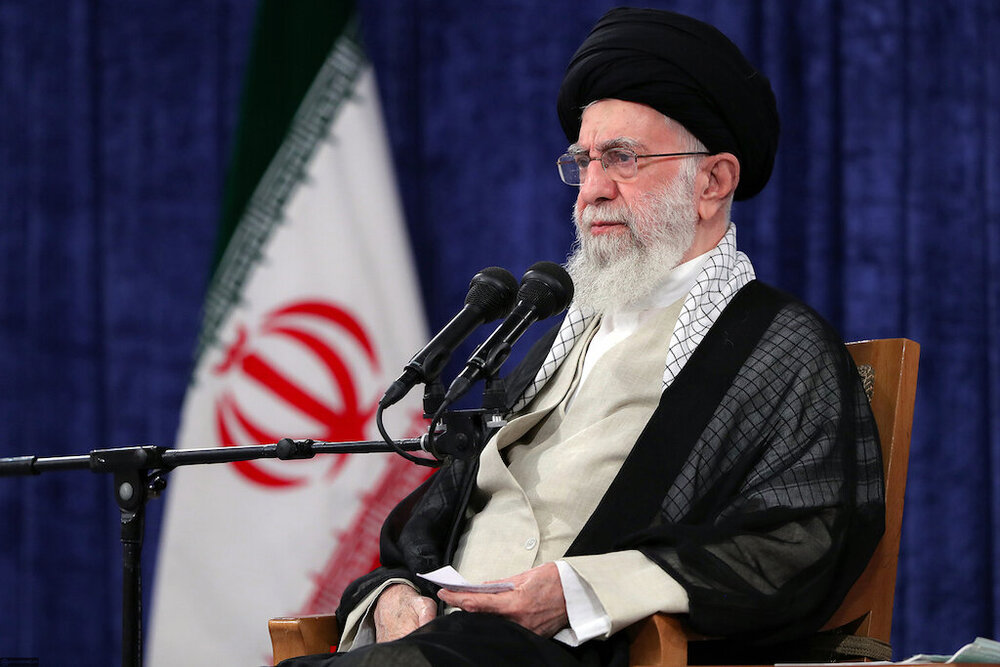How Leader's tactful approach foiled enemy plots

TEHRAN – The recent months-long wave of unrest that engulfed Iran would have toppled any other government. But Iran weathered the storm with fewer casualties and damages. A top Iranian general revealed how Iran succeeded in doing so.
General Ramezan Sharif, the spokesman for the Islamic Revolution of Guards Corps (IRGC), elaborated Wednesday how the Iranian government tactfully dealt with the unrest thanks to the resourcefulness of the Leader of the Islamic Revolution, Ayatollah Seyed Ali Khamenei.
In a speech on Wednesday, General Sharif pondered over the recent developments in Iran, saying the unrest that erupted in the wake of the death of Mahsa Amini was stage managed by the United States, Saudi Arabia, and European countries.
The recent developments, he said, indicated that the enemies devised a “strange” plot with high costs. “They thought the game was over but the Leader of the Revolution told General Salami several times that ‘no one should be harmed and crackdown should be at its lowest. Anyone killed or martyred in the streets of Tehran and the country during the riots would bring a smile of satisfaction from the enemy. It takes a lot of patience for you to identify and separate thugs affiliated with foreign spy agencies [from others].’ Thank God, today we are close to this stage or at times past it,” General Sharif said.
This quote from the Leader best sums up the approach of the Islamic Republic toward the Mahsa Amini episode: maximum restraint in containing unrest and bringing causalities to a minimum.
Ayatollah Khamenei underlined the need for a classification of those who took to the streets immediately after protests broke out. He said some of the people had their rightful demands while others were rioters. This classification method was on full display in the restive province of Sistan-and-Baluchistan, where the Leader dispatched a special envoy to get to the bottom of what happened. The envoy, Mohammad Javad Haji Ali Akbari, took stock of the situation in the province and divided the victims of unrest there into martyrs, ordinary people, rioters, etc.
Pundits believe that this approach contributed greatly to containing the unrest. Therefore, the enemy sought to force the Iranian leadership into making a miscalculation in dealing with the situation. Their endgame was to push the leadership into making miscalculated decisions that would result in the escalation of violence.
This explains why the enemy focused on Ayatollah Khamenei in the recent unrest. “In the recent developments, the arrowhead of the enemy's attack was pointed at the Leader,” General Sharif said.
Mehdi Mohammadi, an advisor to the speaker of the Iranian parliament on strategic affairs, has recently said that the enemy sought to create violence. “The plotting party knew from the start that it was not able to bring the majority to the streets. The goal was to form a minority that, within a complex cognitive war, was supposed to reach the conclusion that the time has come to resort to violence,” he wrote in an opinion piece.
